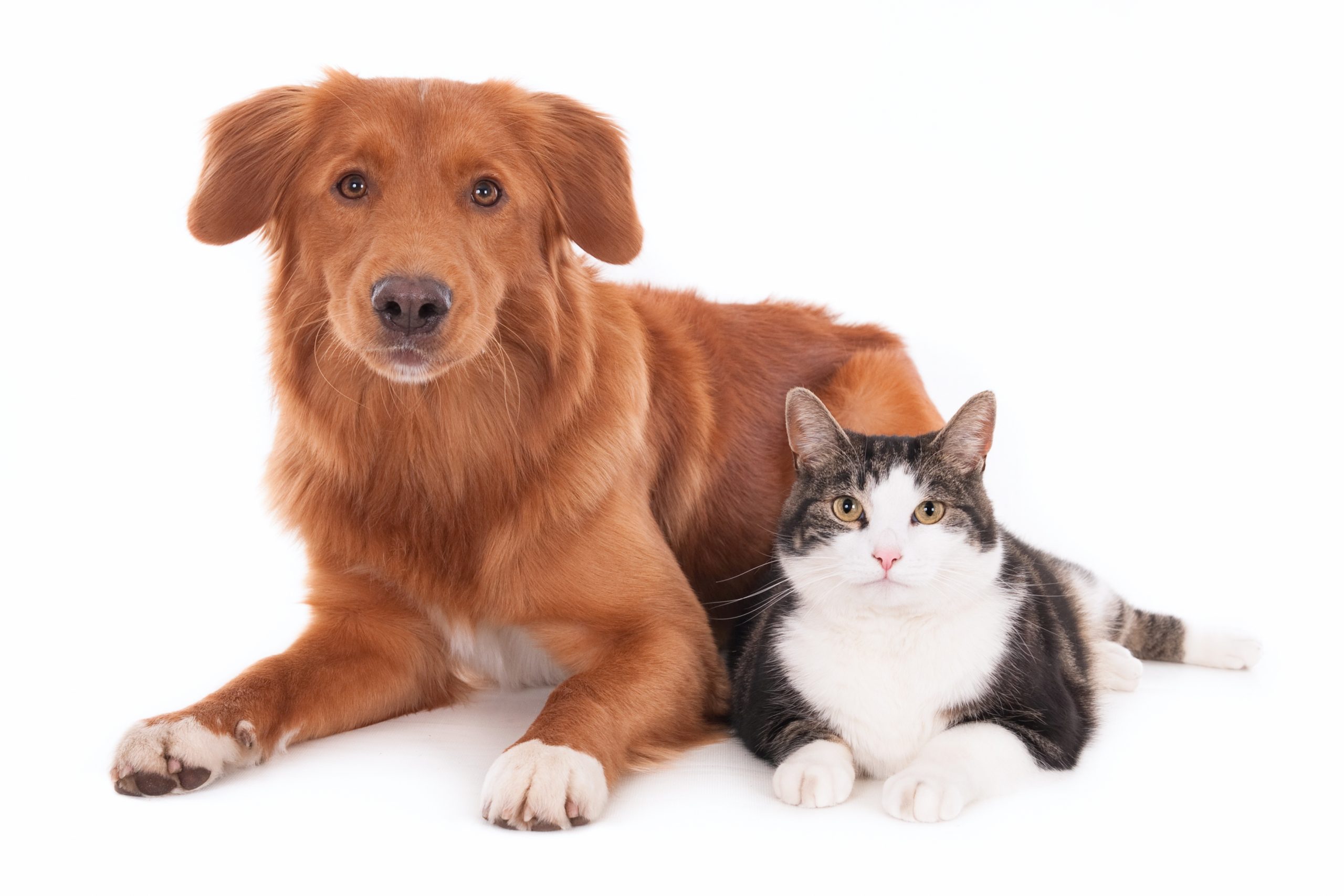The Cost of Pet Insurance: What to Expect and How to Save

Table of Contents
- The Importance of Pet Insurance
- Factors That Affect Pet Insurance Costs
- Breed and Age
- Location-Based Cost Variations
- Coverage Levels
- Deductibles and Copayments
- Insurance Provider Comparison
- Average Cost of Pet Insurance
- Different Types of Pet Insurance Plans
- Accident-Only Plans
- Illness & Injury Plans
- Choosing the Right Pet Insurance Coverage
- Analyze Your Pet’s Essential Needs
- Read the Fine Print
- Consider Your Budget
- Understanding Pet Insurance Deductibles and Copayments
- Deductibles
- Copayments (Reimbursement Rate)
- Comparing Pet Insurance Providers
- Coverage Options
- Customer Service
- Claim Process
- Reputation
- What Does Odie Pet Insurance Cover?
- Illness & Injury Plan
- Accident-Only Plan
- The Wellness Add-on Plan
- Conclusion
- Frequently Asked Questions About Pet Insurance
Introduction
In this guide, we will investigate the factors that impact the cost of pet insurance, providing you with the information to select the most suitable insurance for your furry friend.
From the different types of coverage available to the average monthly cost, we’ll break down the numbers and provide insights into what you can expect to pay.
Whether you are the proud owner of a high-energy puppy or a laid-back senior cat, this guide will help you navigate the world of pet insurance prices and find the right coverage options for your beloved pet.
The Importance of Pet Insurance
Owning a pet is a beautiful experience, but it also comes with responsibilities. One of the most important aspects of being a pet owner is ensuring their health and well-being. Like humans, pets can get sick or injured, and veterinary care can be expensive. This is where pet insurance comes in. It allows you to choose the treatment for your pet regardless of the cost.
It covers various medical expenses, including surgeries, medications, diagnostic tests, and emergency care.
Factors That Affect Pet Insurance Costs
Regarding pet insurance costs, several factors are essential to assess the cost of coverage and make an informed decision. Here are some key factors that influence pet insurance costs:
Breed and Age

The breed and age of your pet play a significant role in determining the cost of pet insurance since certain breeds are more likely to get specific health conditions, which can increase the insurance premium.
Essentially, older pets are costlier to insure because they demand more medical care, much like how an elderly person may face more frequent and complex health issues compared to a younger individual.
Location
Pet insurance prices may differ based on your geographical location. Veterinary care costs can vary from one region to another, and this is reflected in the insurance premiums. Urban areas have higher veterinary costs, resulting in higher insurance rates.
Coverage Level
The level of coverage you choose for your pet will also impact the cost. Accident and Illness plans usually come at a higher price.
Deductibles and Copayments
Like other insurance policies, pet insurance comes with deductibles and copayments.
A deductible refers to the sum you must pay before your insurance coverage begins, whereas a copayment represents the portion of the total cost for which you are accountable.
Higher deductibles and copayments can lower the insurance premium but increase out-of-pocket expenses.
Insurance Provider
Different insurance providers have other pricing structures and policies. That’s why it’s crucial to compare quotes from various providers to find the most suitable pet insurance coverage at the most competitive price. Customer service, claim process, and reputation should also be considered when choosing an insurance provider.
It’s important to remember that while cost is a crucial factor, it shouldn’t be the sole determining factor. The quality of coverage, customer service, and reputation of the insurance provider should be the priority when choosing the best pet insurance.
Average Cost of Pet Insurance
The average cost of pet insurance can vary depending on several factors, as discussed earlier. Typically, pet owners can expect to pay between $29 and $90 monthly for pet insurance.
However, these are just rough estimates, and the actual cost may depend on various factors such as the breed, age, location, coverage level, and insurance provider.
Different Types of Pet Insurance Plans
Pet insurance plans come in various types, and each offers different levels of coverage. Here are the main types of pet insurance plans:
Accident-Only Plans
As the name suggests, accident-only plans cover only injuries resulting from accidents. This plan is generally more affordable but does not cover illnesses or pre-existing conditions.
Illness & Injury Plans
The Illness & Injury Plan is an all-inclusive insurance plan designed to cover a wide range of medical needs for your pet. This plan includes comprehensive coverage for various illnesses, injuries, and veterinary services.
Choosing the Right Pet Insurance Coverage
There are several factors to consider when choosing pet insurance for your furry friend:
Analyze Your Pet’s Essential Needs

Considering your pet’s breed, age, and any pre-existing conditions will help you determine the level of coverage required and whether additional options, such as wellness plans, are necessary.
Read the Fine Print
Carefully review the policy terms and conditions, including exclusions, waiting periods, and claim processes. Ensure you understand what is covered and what is not, as well as any limitations or restrictions.
Consider Your Budget
Consider your budget when choosing your pet insurance. Remember to balance the cost of coverage with the level of protection provided.
Following these tips, you can choose the right pet insurance coverage for your furry friend.
It’s essential to thoroughly consider all options when choosing pet insurance to invest in your pet’s health and well-being.
Understanding Pet Insurance Deductibles and Copayments (Reimbursement Rate)
Regarding pet insurance, deductibles, and copayments are essential terms to understand because they significantly impact the cost of coverage and your out-of-pocket expenses. Here’s what you need to know about deductibles and copayments:
Deductibles
A deductible is the amount you must pay before the insurance coverage. For example, if you have a $500 deductible and your pet’s medical expenses amount to $1,000, you must pay the first $500, and the insurance will cover the remaining $500.
Copayments (Reimbursement Rate)
A copayment, or coinsurance, is a percentage of the total cost you are responsible for. For example, if your pet has a 20% copayment and the total cost of treatment is $1,000, you will need to pay $200, and the insurance will cover the remaining $800.
Higher deductibles and copayments can help lower the insurance premium but will result in higher out-of-pocket expenses.
Comparing Pet Insurance Providers
Here are some factors to consider when comparing pet insurance providers:
Coverage Options
Search for providers that offer a wide range of coverage options to suit your pet’s specific needs. Consider whether they offer customizable plans and additional options such as wellness coverage.
Customer Service
Look for customer reviews to understand their experience with the provider. Call the customer service number to ask questions and receive additional details about which pet insurance plans may be the best option for you.
Claim Process
Understand the claim process and how quickly claims are processed and reimbursed. Look for providers with a streamlined and efficient claim process, saving you time and hassle in the long run.
Reputation
Consider the insurance provider’s reputation in the industry. Look for providers that have been in business for a while and have a good track record of providing reliable coverage and customer service.
What Does Odie Pet Insurance Cover?
Pet insurance covers various veterinary expenses, providing financial protection and peace of mind for pet owners. Here are the details of the coverage options offered by Odie Pet Insurance:
Illness & Injury Plan
The Illness & Injury Plan is an all-inclusive insurance plan designed to cover a wide range of medical needs for your pet. This plan includes comprehensive coverage for various illnesses, injuries, and veterinary services. Some of the covered items include:
- 24/7 Televet Chat
- Emergency vet visits
- Overnight hospital stays
- IV Fluids & Medications
- Medical Supplies
- Surgeries
- MRI/CAT Scans
- Rehabilitative Care
- Prescription Medications
- Gastrointestinal issues
- Laboratory Tests
Accident-Only Plan
The Accident-Only Plan is designed for pet owners seeking coverage specifically for accidents. This plan provides financial protection for emergency veterinary care resulting from accidental injuries. It includes 90% reimbursement up to $10,000 each year, with a $250 annual deductible.
Here’s an overview of the Accident-Only Plan:
- Coverage for broken bones, sprains, eye injuries, and traumatic dental fractures.
- Coverage for wounds, including bite wounds, lacerations, snake bites, and bee stings.
- Veterinary treatments covered for accidental injuries include X-rays & ultrasounds, laboratory tests, emergency care, hospitalization, CT scan & MRI, and surgery.
The Wellness Add-on Plan
The Wellness Plan is an add-on for routine care coverage you can purchase with an insurance policy. It focuses on preventive care and covers routine veterinary services. Odie has two wellness plan options available:
Basic Plan:
- Covers services such as spay/neuter and teeth cleaning, rabies vaccination, flea & tick prevention, heartworm prevention, vaccination/titer, wellness exam, heartworm test or FELV screen, blood, fecal, parasite exam, microchip, urinalysis or ERD, and deworming.
- Reimbursement up to $305 per year.
Plus Plan:
- Ideal for puppies and kittens.
- Covers services such as spay/neuter and teeth cleaning, rabies vaccination, flea & tick prevention, heartworm prevention, vaccination/titer, wellness exam, heartworm test or FELV screen, blood, fecal, parasite exam, microchip, urinalysis or ERD, and deworming.
- Reimbursement up to $535 per year.
Comparing Odie Pet Insurance With Other Plans
- Embed this comparison table
Conclusion

In conclusion, pet insurance is an essential investment for pet owners who want to protect their furry friend’s health and well-being. The cost of pet insurance can vary depending on factors such as breed, age, location, coverage level, and insurance provider. By understanding these factors and comparing quotes from multiple providers, you can find the right coverage at the most competitive price.
When choosing pet insurance, it’s essential to assess your pet’s specific needs, compare coverage options, and consider your budget. Remember to read the fine print, understand deductibles and copayments, and research the reputation of insurance providers. By making an informed decision, you can provide your pet with the care they deserve while still being budget-conscious.
Remember that pet insurance is an investment in your pet’s health and well-being. It provides peace of mind and ensures that your pet receives the best medical care, even in the face of unexpected health issues. So, take the time to explore your options, find the right coverage, and give your furry companion the protection they deserve.
Frequently Asked Questions About Pet Insurance
What Is Pet Insurance and How Does It Work?
Pet insurance is a type of coverage designed to pay for veterinarian expenses when your pet becomes ill or injured by providing reimbursement of eligible veterinary costs after you’ve paid directly for them from your veterinarian.
Is Pet Insurance Worth It?
Pet insurance can provide financial security while guaranteeing your pet receives medical attention. To learn more about the benefits of pet insurance, read our article on Pet Insurance: Top 10 Benefits of Pet Insurance from a Vet’s Point of View.
How Do You Use Pet Insurance?
Utilizing pet insurance is a straightforward process: after paying the veterinary bill, submit a claim with all required documentation to your insurance provider, who will review and reimburse eligible expenses according to your policy coverage.
How Does a Pet Insurance Deductible Work?
Your deductible for pet insurance refers to the out-of-pocket expense you must meet before coverage kicks in. Once this threshold has been reached, insurance providers reimburse eligible expenses according to policy terms, reset annually or biannually. For more details, please consult your policy documents or reach out directly.
What Is the Best Pet Insurance?
The best pet insurance provider and plan depend on your unique requirements and preferences. Odie provides two insurance plans: the Illness & Injury Plan and the Accident Only Plan. Factors to consider include coverage, pricing, deductibles, and reimbursement levels when making this choice.
How Do You Know Which Vets Accept Pet Insurance?
Most veterinary clinics and hospitals do not accept pet insurance policies directly. Instead, you must pay for the visit upfront and get reimbursement from your insurance company afterward.
Can Pet Insurance Cover Neutering?
Pet insurance does not include neutering, but you can purchase an add-on wellness plan to get this coverage. Reviewing policy documents or contacting your provider to get complete details of coverage for neutering is advisable.
Can Pet Insurance Drop You?
Pet insurers only drop or cancel your coverage if you make timely premium payments and comply with the terms and conditions of the policy. However, you must read your policy documents to understand their cancellation policies and any circumstances that may lead to their discontinuance.
Can Pet Insurance Be Canceled?
Yes, pet insurance policies may be canceled by the policyholder or their provider, depending on both parties involved in canceling coverage. Please review your policy documents or contact us directly for canceling coverage instructions.
Does Pet Insurance Cover Antibiotics?
In general, yes. Most policies include coverage for antibiotics prescribed by veterinarians to treat an eligible condition or illness. Nonetheless, coverage will depend on both policy and provider; please read your policy documents or reach out directly for details of medication coverage.
Where Can I Purchase Pet Insurance?
Pet insurance can be found from various providers, including Odie. To discover and purchase it on our website, visit the Pet Insurance Page and compare multiple policies until you find one that best meets your needs and budget.
Why Is Having Pet Insurance Important?
Owning pet insurance provides financial security and peace of mind in case an unexpected accident, illness, or injury should arise that necessitates medical care for your beloved companion. Pet insurance enables you to make decisions that best benefit them without worrying about excessive vet bills.
Will Pet Insurance Cover My Surgeries for My Pet?
Pet insurance often covers surgeries but depends on plan details and terms. Pet insurance will typically cover necessary surgeries for your pet; however, exact coverage will depend on both policy type and provider. Therefore, reviewing policy documents or contacting them directly is wise to understand better how surgical coverage applies in each situation.
Does Pet Insurance Cover Luxating Patella Treatment in Pets?
Yes, pet insurance will cover treatment of luxating patella – a common orthopedic condition among pets – provided your policy covers it. Coverage may differ depending on provider and policy details.
Does Pet Insurance Cover Hernia Surgery for Pets?
Pet insurance usually covers the cost of hernia surgery; however, coverage can differ depending on your policy and provider.
When Can I Submit My Pet Insurance Claim for Vet Bills?
After paying directly for eligible veterinary bills, you can file a claim with your pet insurance provider for qualified expenses. Each provider may have specific requirements and procedures for filing claims, so it’s wise to consult your policy documents or contact them for guidance.
What Are the Main Types of Pet Insurance?
There are two primary forms of pet insurance plans. They include Illness & Injury and Accident Only plans. An Illness and Injury plan covers unexpected illnesses or accidents, and an Accident Only plan covers accidents explicitly. To learn more about these plans from Odie, visit the Illness & Injury plan and Accident Only plan pages.
What Is Excluded From Pet Insurance Policies?
Exclusions in pet insurance policies refer to conditions, treatments, or situations which aren’t covered. Exclusions vary based on policy provider, and specific exclusions may include pre-existing conditions, cosmetic procedures, breeding-related expenses, and certain hereditary conditions.
Does Pet Insurance Cover Pre-Existing Medical Conditions?
Pet insurance typically does not cover pre-existing medical conditions that were present before your insurance coverage was in effect. A pre-existing condition is any illness, injury, or symptom experienced before coverage began. You must review the terms and conditions or contact your provider to understand their position on preexisting conditions and any applicable waiting periods or exclusions.



